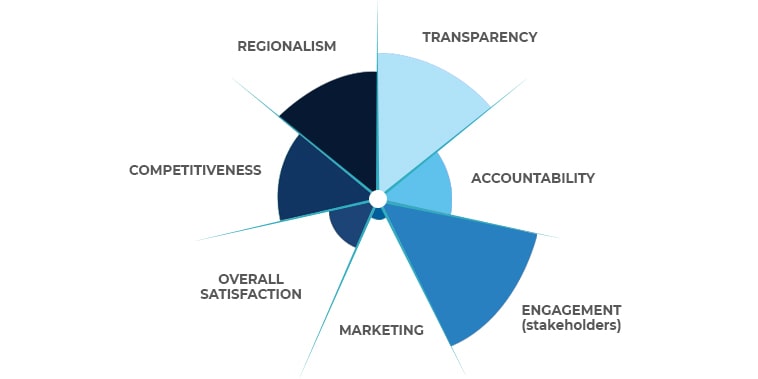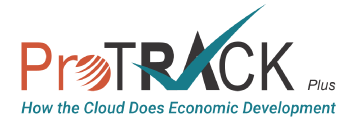For this reason, you as the staff of an economic development or community organization driven in large part by elected officials and volunteer Board members should never be the one to select which metrics to use. Now that’s a really bold and controversial statement! Before you stop reading and move on, give me just a few minutes to share my thinking.
There is an endless supply of advice on the topic of selecting and using Key Performance Indicators (KPIs). Business gurus and consultants have their own formulas, and they are not bashful about sharing them. The magic of using metrics, however, is very simple. First, determine who should own the metric and second, have that person or group articulate what they think should be measured.
In 2014 IEDC authored “Making It Count: Metrics for High Performing EDOs” Dan Gunderson FM, HLM, Senior Vice President with Camoin Associates and I co-chaired this paper as part of the Economic Development Research Partnership (EDRP). If you are an IEDC member I encourage you to use the link and read the paper. The research began by asking all the contacts from IEDC’s database to share what they typically measure. 500 folks responded and all totaled they gave us 1,000 metrics. The IEDC team did a masterful job of narrowing that number down to a little over 200. The point of this is that determining which metrics are correct for your organization is a daunting task which can be made much easier by including your leadership in the process. This also builds ownership by your leadership which is the homerun.
Connect Metrics with Desired Results Begin by asking your leadership, “What are the most important results we could hope to achieve?” I would encourage you to ask this of yourself and others and enjoy the cascade of thinking this simple question engenders with those who seriously discuss possible answers. This is why I say, “The magic of using metrics is very simple.” If the selection of your organization’s metrics is a function of group-think and built on consensus, several great things will begin to happen:
- Your leadership will be 100% engaged in defining what economic development means to them. This is the foundational question from which all positive results must flow.
- Armed with this definition your leadership can begin to explore (using the IEDC paper) which of the 200 metrics they want you to pursue.
- This simple process will result in your leadership producing a set of metrics that they own.
- Now you and your team have a crystal-clear set of metrics and can begin creating corresponding goals, firm in the belief it is exactly what you are supposed to be doing.
- Your organization will not suffer from the performance paradox1, tunnel vision, and/or analysis paralysis.
If you’re still with me, let’s delve just a little bit deeper. During the “Great Recession” we asked hundreds of economic developers in focus groups how we could or should change what we measure. At that time the “Big Four” metrics which had carried our profession for the past 50 years were no longer within our reach. BIG FOUR METRICS
- Growing Net New Jobs
- Boosting Capital Investment
- Increasing Government’s Tax Revenues
- Improving Personal Incomes
The original supposition was, “Surely we are smart enough to develop a new set of metrics upon which we can have a positive impact, thereby justifying our continued employment.” In other words, if we can no longer build and rely on the “Big Four” why should people continue to sign our paychecks? After months of exploring this question, we did begin tumbling to many of the metrics which have now become the industry’s mainstay. Some of these newer metrics are:
- Matching Skills to Employer’s Demands
- Workforce Development
- Talent Acquisition
- How Competitive Are We
- Moving From Loose Networks to High Impact Partnerships
- Retention Visits to Existing Industries
- Referring Local Resources to Companies in Need
- Tracking Efforts to Retain Businesses
- Proactively Planning for a Disaster
- Many, many others
Most of these new metrics are still quantitative but several move into the qualitative realm. As an example, how would you measure “How Transparent Your is Organization?” After lots of very long discussions and debate among economic developer though-leaders, it turns out measuring qualitative metrics is pretty simple.

Assessing the quality of goods or services is hugely subjective and shifts with people’s perceptions. Measuring quality then is a measure of an individual’s or a group’s perceptions. If your leadership perceives you are doing a good job, they will keep you around. The trick becomes how do we measure our leaderships’ perceptions? The only way I know to measure quality is to ask your customer’s opinion or perception. In the business world this is referred to as a customer satisfaction survey. In the economic development world, we can create a short list of well-thought-out questions and ask our leadership to anonymously share their perceptions.
This can be a little scary at first, but in business, if customers are not happy with the quality of an item or service, they will soon make their unhappiness known or worse yet, terminate the service. Using this metaphor for economic development, if your leadership doesn’t perceive you are delivering high-quality results, at some point they will make changes to ensure achievement of their collective goals. This can result in you and/or your organization being terminated. It’s better to uncover hidden perceptions by using a customer satisfaction survey to discover potential unhappiness before they decide to send you packing.
Possible Solutions to This Problem
In an earlier Blog I talked about the need for and significant benefits of communicating with your leadership. The conundrum is, how to boost your communications without having to spend so much time creating reports that you don’t have time to do your job. That’s why we built ProTRACKPlus! The system is designed for you to log in each morning and work in it the entire day, thereby capturing all the information about projects, contacts, and companies in real time. If you wait until the end of the day and then begin populating the days activities using ProTRACKPlus (or any software solution) it will be too much of a burden and you and your team will miss the benefits. With low benefits you will stop using it. Sound familiar? ProTRACKPlus has nine (9) automated reports, a customizable report generator, and our all-new Top 10 Metrics Report.

Mr. Chase is a nationally recognized speaker, trainer, facilitator, and author on the topics of economic development metrics, community development, strategic planning, infrastructure, sales, and marketing. He acquired his Certified Economic Developer (CEcD) designation in 1994 and in May of 2001 Mr. Chase was named a Fellow Member (FM) of the IEDC for his work in the field of training and education related to economic development. In October of 2019 Mr. Chase was designated as an Honorary Life Member (HLM), one of IEDC’s most prestigious awards.
The theory of performance paradox is grounded in three characteristics of performance measurement. Firstly, there are many performance metrics, and the number continues to grow. Secondly, most measures of performance, even those that are used most frequently, exhibit little to no correlation with one another. And thirdly, the dominant performance measures at any given point in time change continuously.

